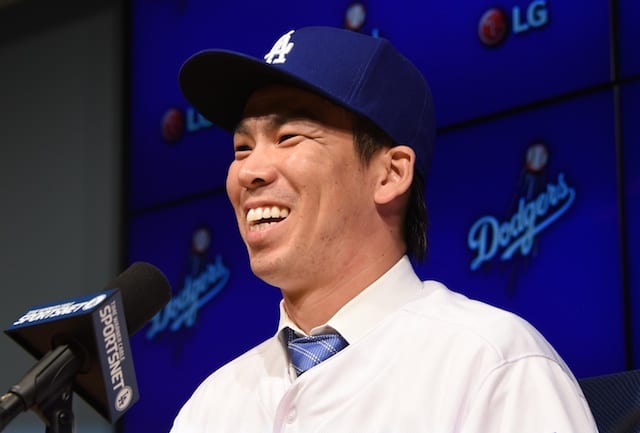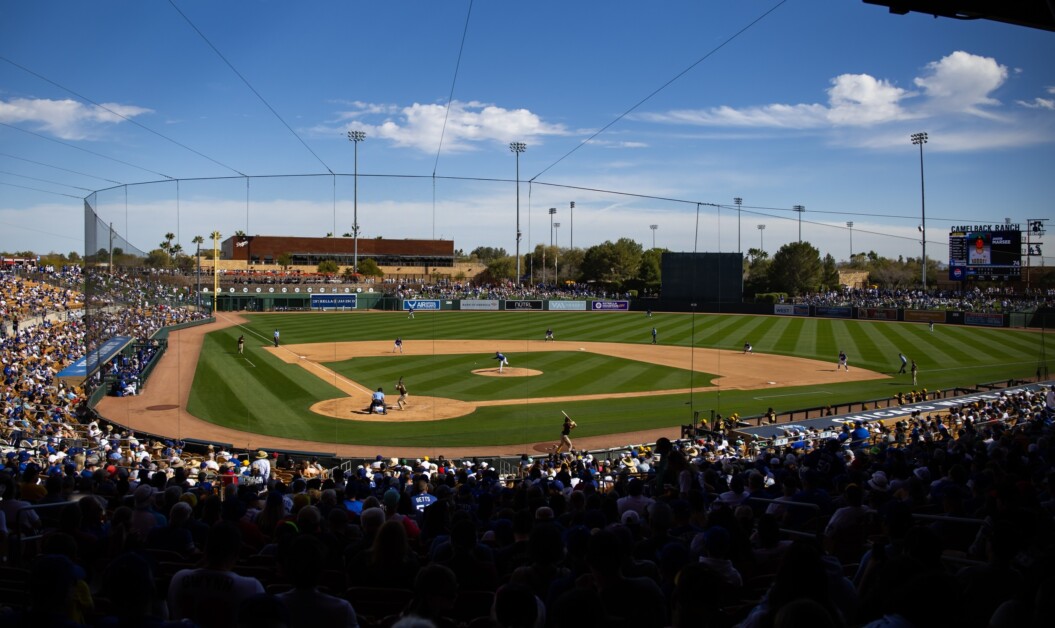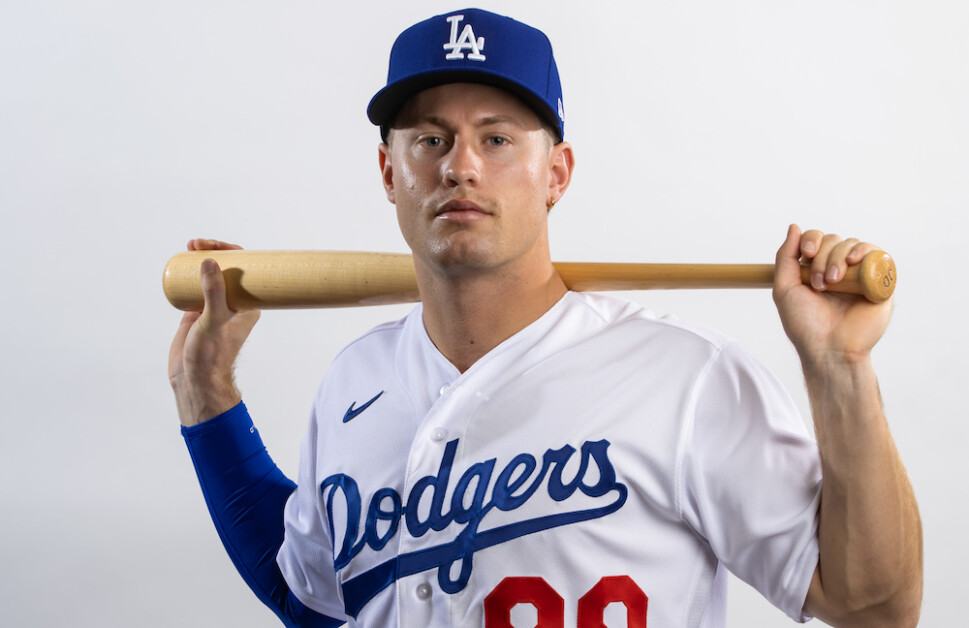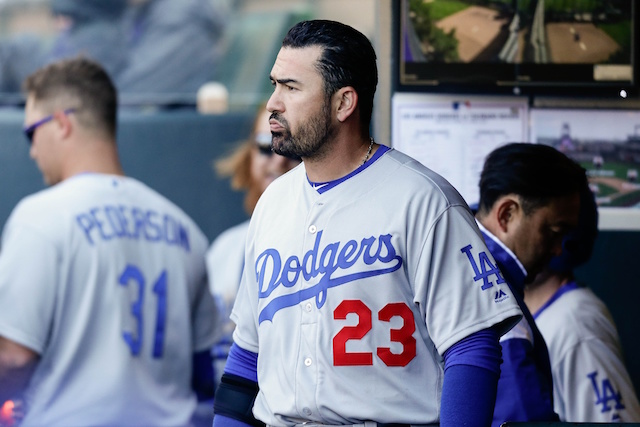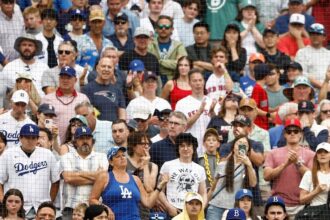As the Los Angeles Dodgers were in the process of rebounding from an interesting and disappoint offseason, they were labeled as having the best starting rotation in the National League.
Wait, what?
Better than the New York Mets (Matt Harvey, Jacob deGrom, Noah Syndergaard, Steven Matz, Zack Wheeler and Bartolo Colon)?
And better than the Washington Nationals (Max Scherzer, Stephen Strasburg, Gio Gonzalez, Tanner Roark and Joe Ross)?
Must be a typo, right?
Well, not really. And the reason is rather simple: while fans are drawn to the top two or three names on a list, what often makes one rotation great and another average at the end of the season are those who fall beyond the No. 1 and 2 spots.
Last season Dodgers starters threw 979.1 innings, but of those, only 455.1 came from Clayton Kershaw and Zack Greinke.
Yes, the Dodgers had the two best pitchers in baseball in 2015, but 50 percent of the team’s innings came from other starters — a lot of other starters.
Los Angeles sent 16 different pitchers to the mound as a starter last season, which was an MLB-high. This list included the likes of Scott Baker (two starts), David Huff (one start), Joe Wieland (one start) and Ian Thomas (one start), among others.
While the aforementioned names were called on for a spot start, the Dodgers’ season largely rested on the shoulders of Mike Bolsinger (21 starts) and Carlos Frias (13 starts), who combined to fill the shoes of a full-time starter.
While this seemed to be a serviceable combination, relying once more on Bolsinger and Frias for 34 starts is best avoided. Which is precisely where it seems the offseason plan came in.
CONTINUE READING: Dodgers’ Offseason Plan Valued Quantity Over Quality



